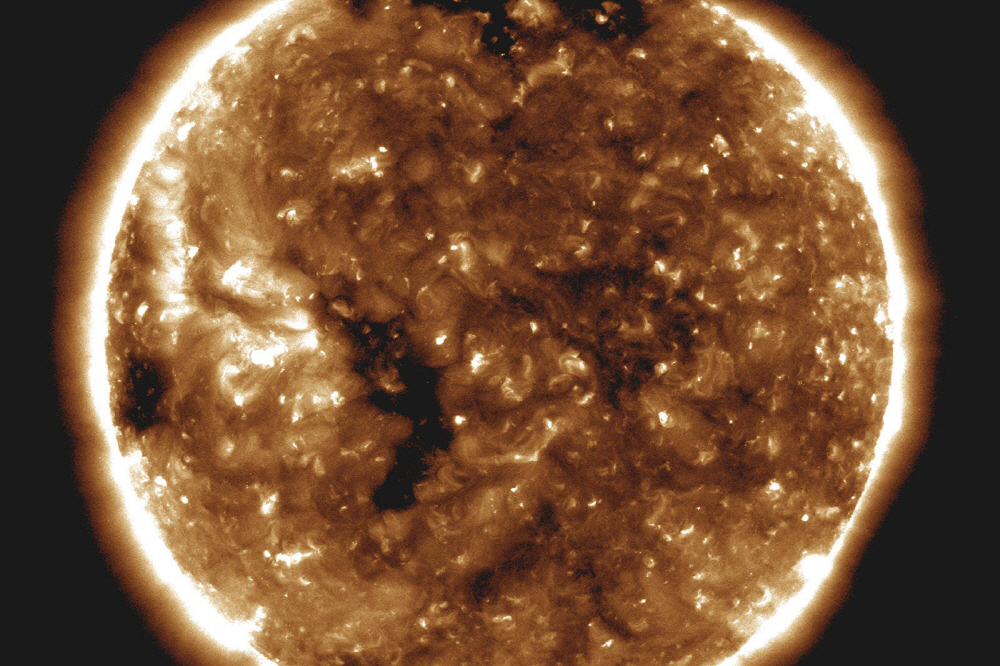
A research paper based on the massive data obtained from the first and second approach observations of the Parker Solar Probe, an observation probe approaching the sun, has been published in the journal Nature. This paper deals with how solar wind relates to solar rotation.
According to NASA, the Parker solar probe made new discoveries about solar wind behavior, approaching the sun as high as 24 million kilometers in two low-flying flights. For example, they discovered that the phenomenon of switchback in which the direction of the solar wind’s magnetic field is reversed is occurring on the solar side rather than on the orbit of Mercury. A phenomenon that only follows a few minutes, but the observation machine actually passed through a certain switchback.
The direction of solar wind emission seen from the Earth is observed to be radially around the sun, like bicycle spokes. However, Parker’s solar probe observed that the direction of the solar wind is also increasing the lateral force caused by the rotation of the sun when it approaches the sun as far as 24 million kilometers. It is said that this is a force that is much stronger than predicted, and it is said that it turns radially earlier than expected.
In addition, the Parker solar probe also captured the phenomenon of small energy particles that cannot reach Earth in the solar wind, and the phenomenon of rare particle bursts with a high weight element ratio. It is thought of as a rare occurrence, but there is a possibility that it is actually occurring more commonly.
It was also confirmed that since solar heat turns cosmic dust into gas, dust starts to be observed at a distance of 11.3 million kilometers where there is no dust near the sun. It was expected from about a century ago, but this is the first time I have actually confirmed it. Scientists believe that the range of 2 million to 3 million villages in the sun is a really dust-free area.
These findings could change the understanding of humanity so far about the reasons for the occurrence of solar winds, the rate of solar deceleration, which is believed to give an indication of their longevity, and the effects of particles, also known as space weather. The observer is expected to approach and observe a really dust-free area close to the Sun from September 2020.
For reference, in 2020, ESA’s Solar Orbiter, a solar orbiting observation ship, will also shed light on the accelerated structure from which the solar wind was born. The Parker Solar Probe will approach 6 million kilometers from the Sun and observe a layer of gas outside the Sun called Corona closely. Related information can be found here .


















Add comment